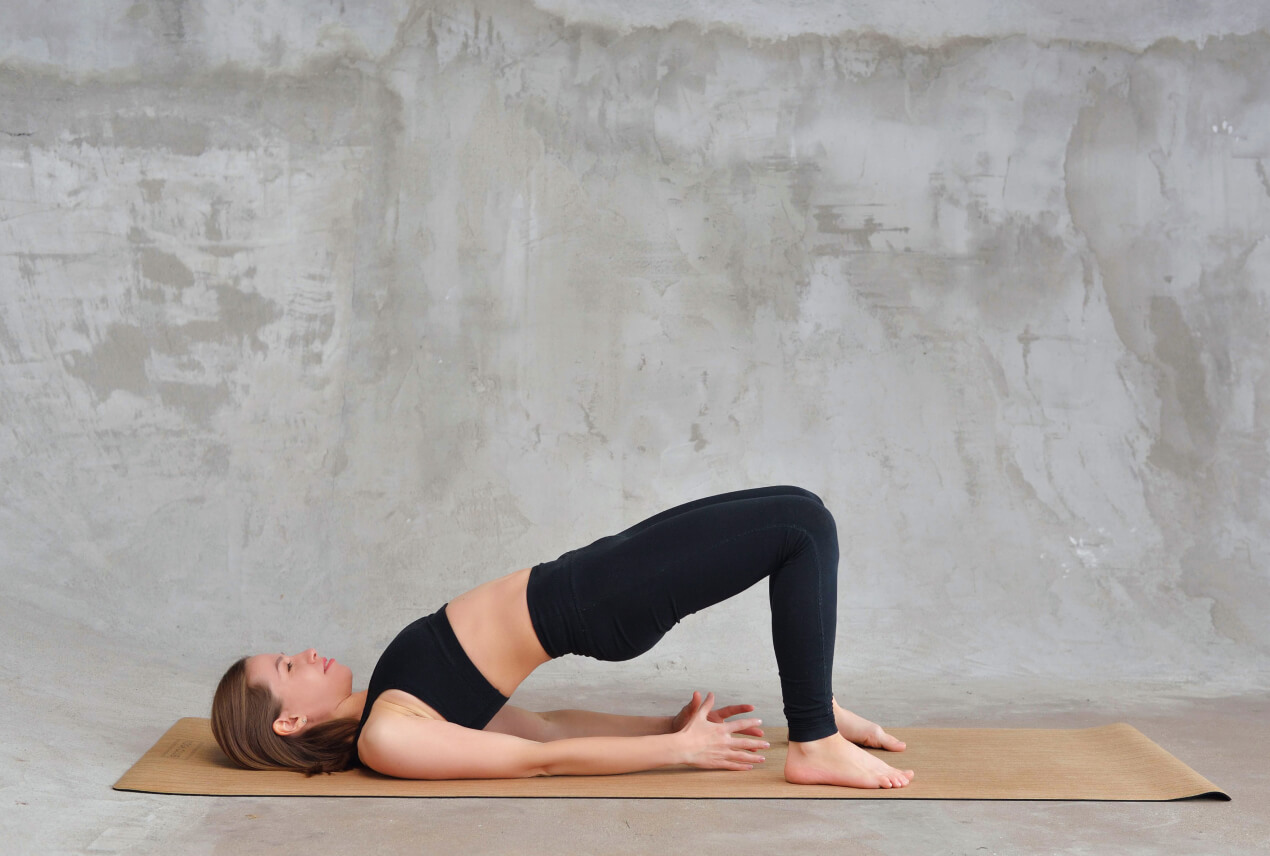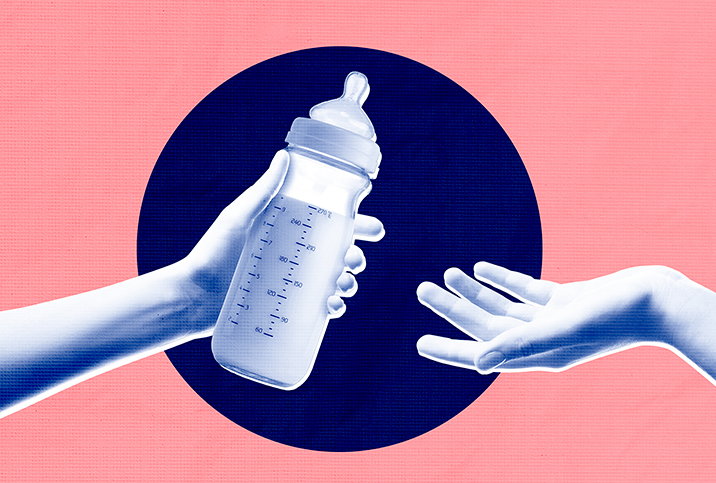Kegels are exercises women and men can do to strengthen their pelvic floor muscles. These exercises can have benefits that range from longer and stronger orgasms to helping premature ejaculation (PE) and erectile dysfunction (ED) to treating stress incontinence and more.
Kegels can be practiced by tensing the muscles you would use to stop urinating midstream. Essentially, you tense the pelvic floor muscles for a few seconds, release for a few seconds and do a few sets each day. Alternate between fast and slow contractions for maximum effectiveness. Results can be detected within a few weeks or months.













